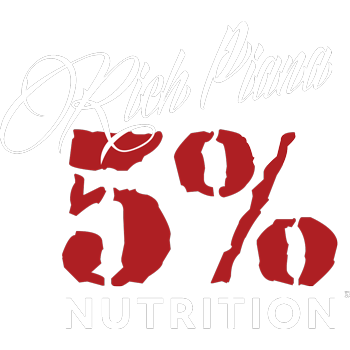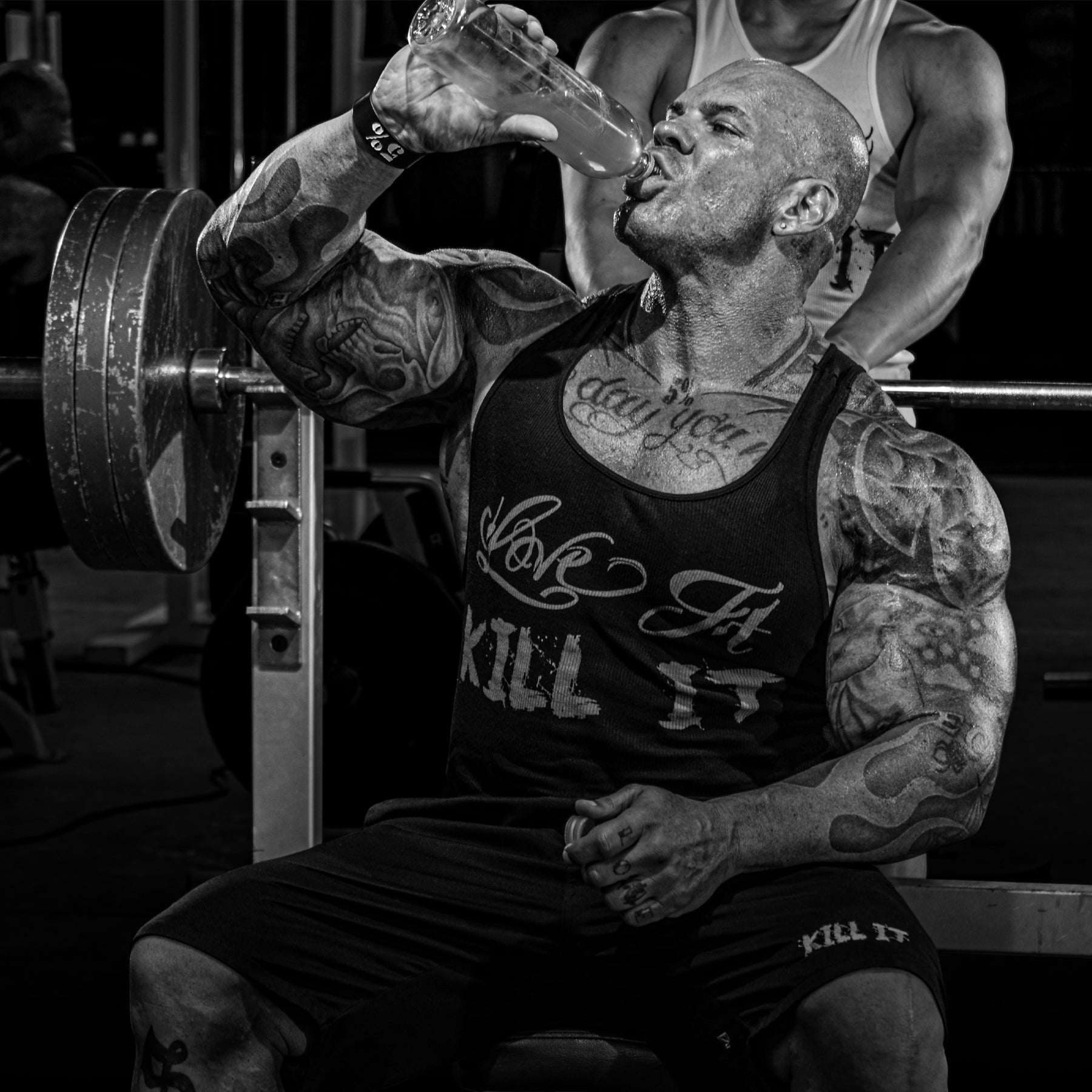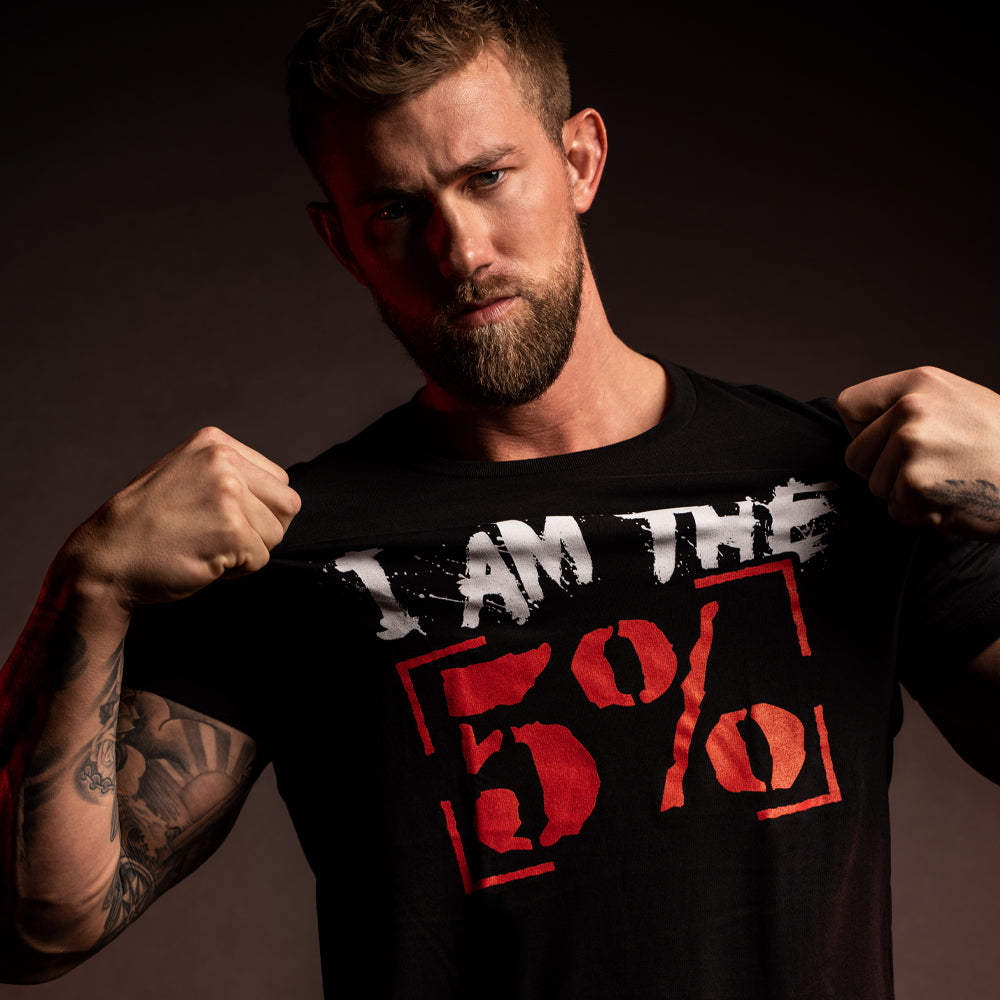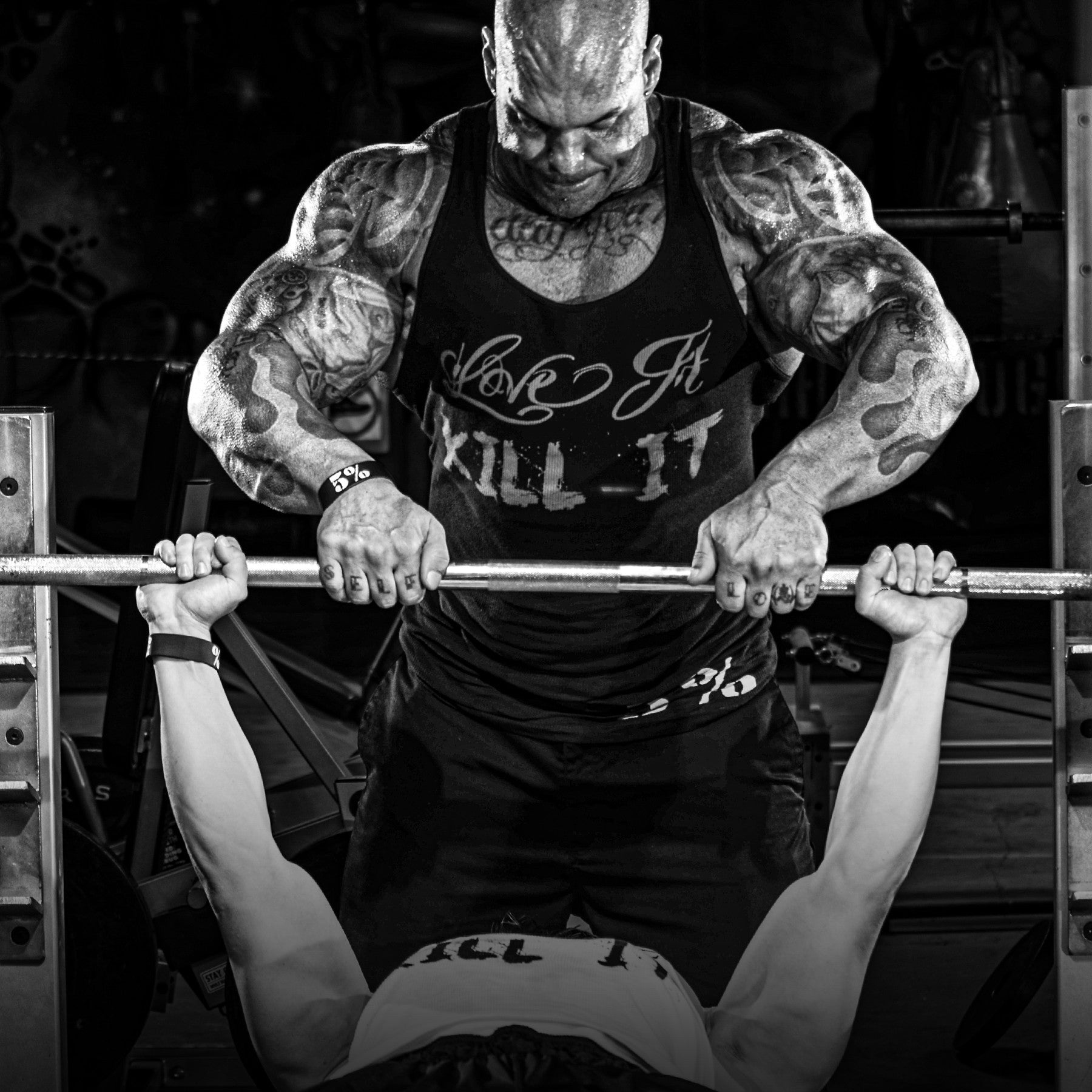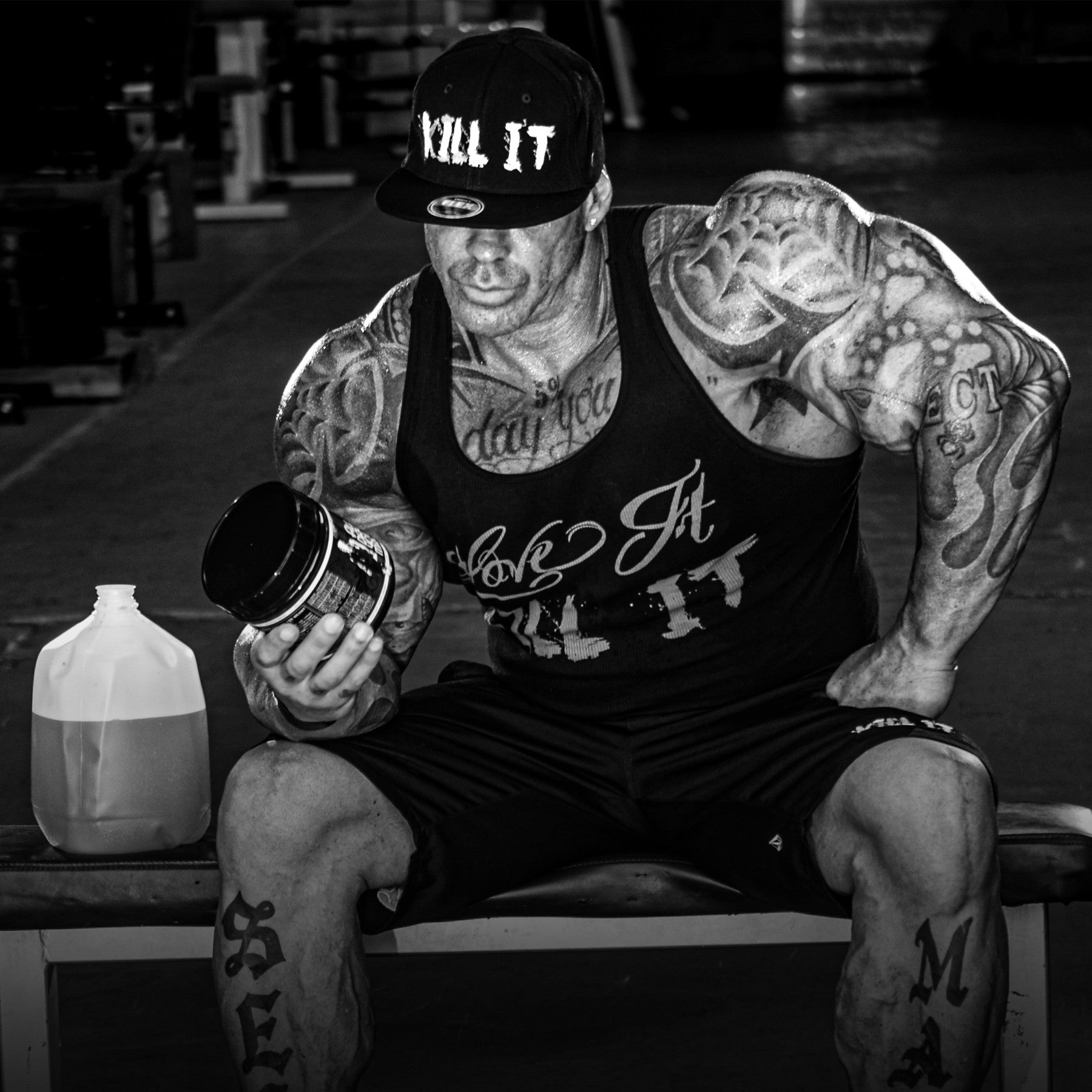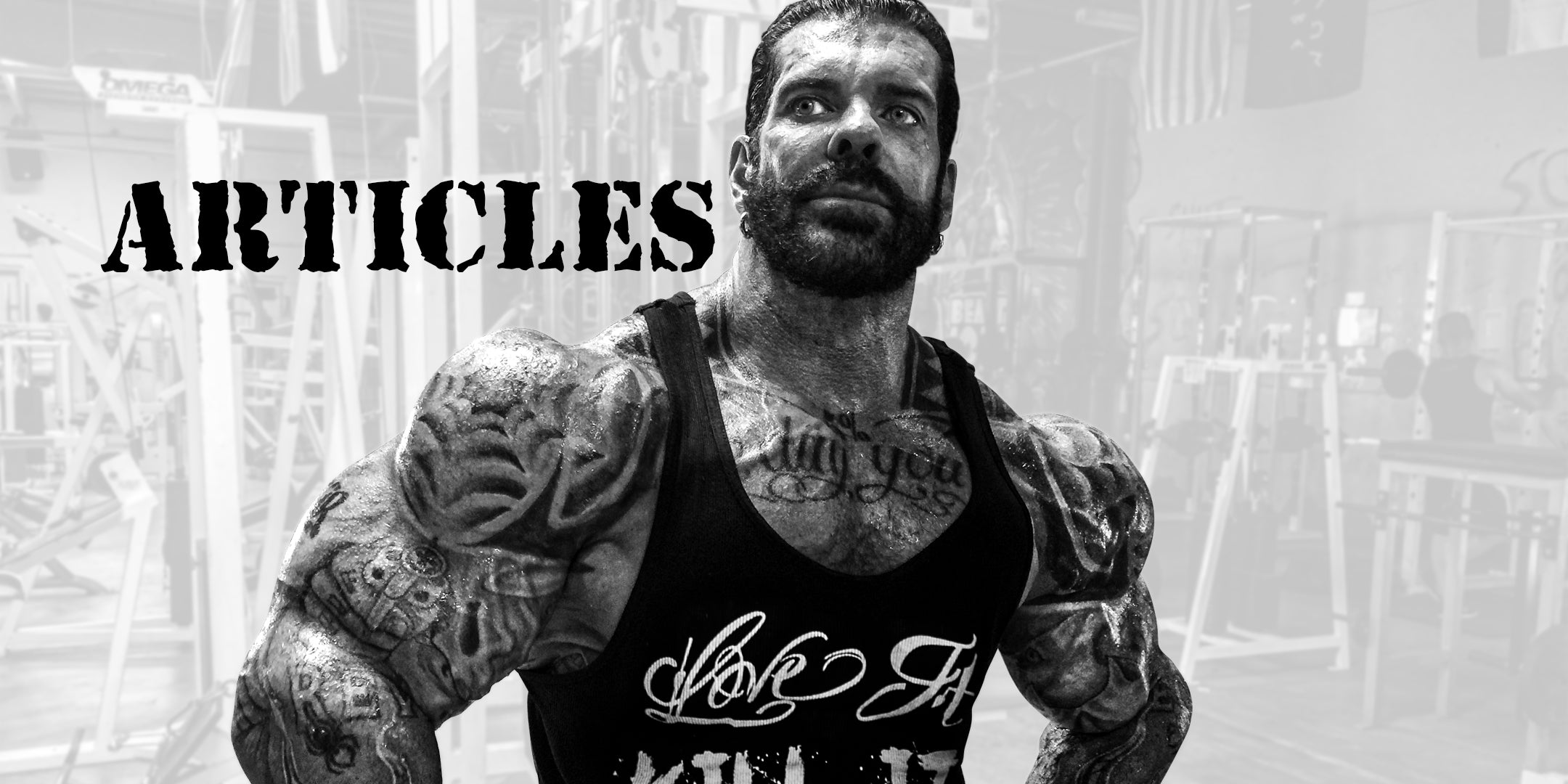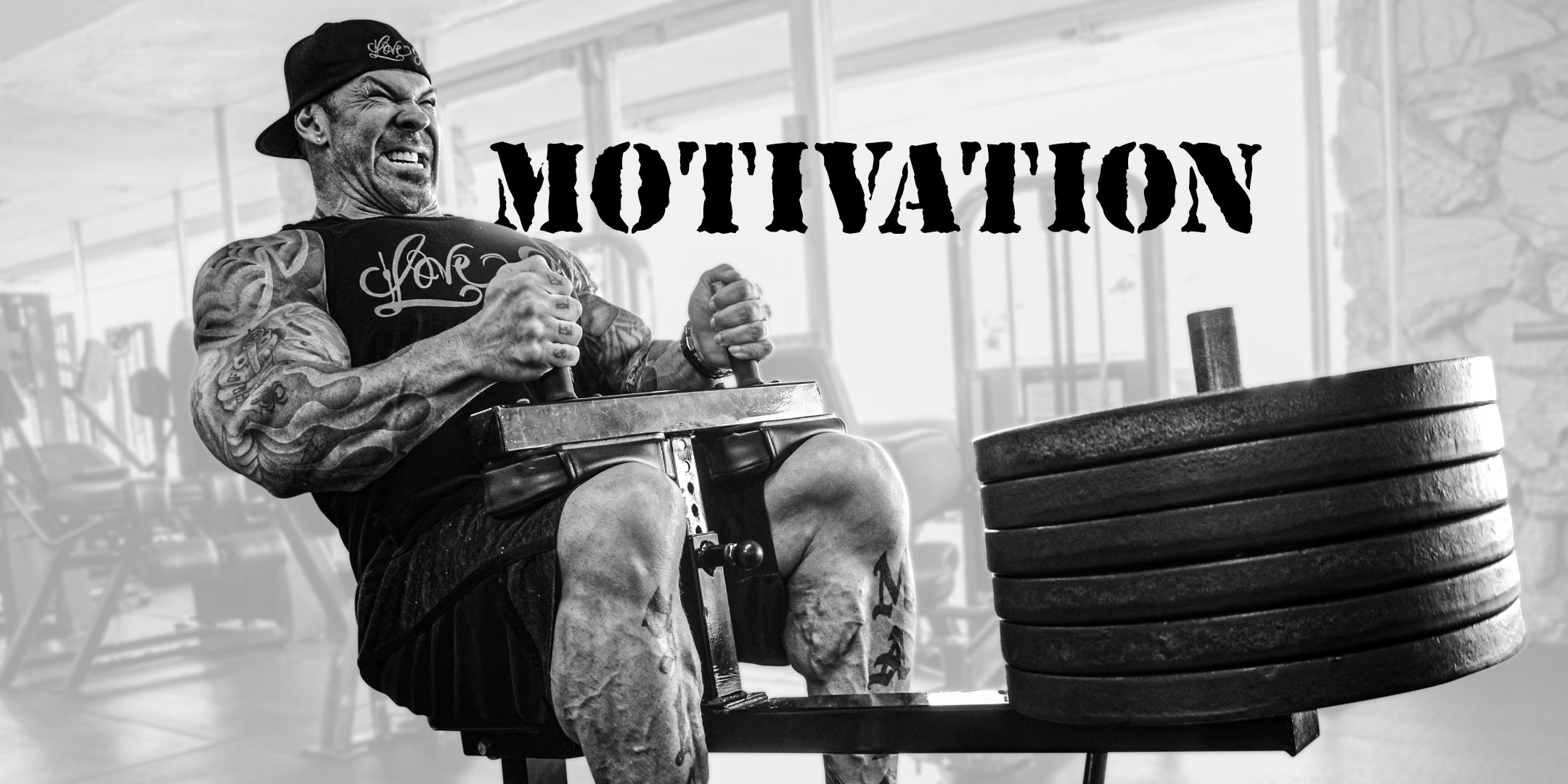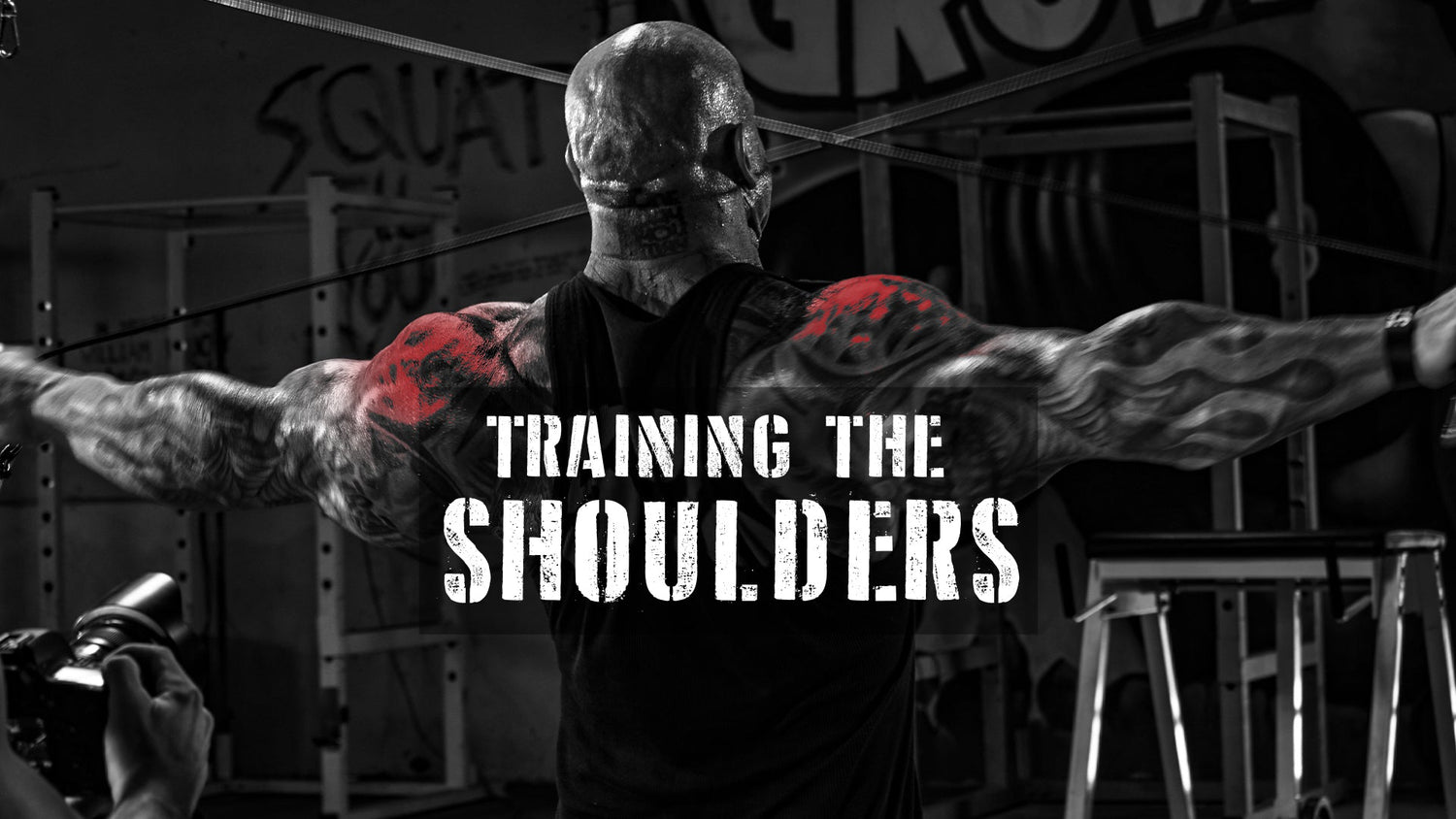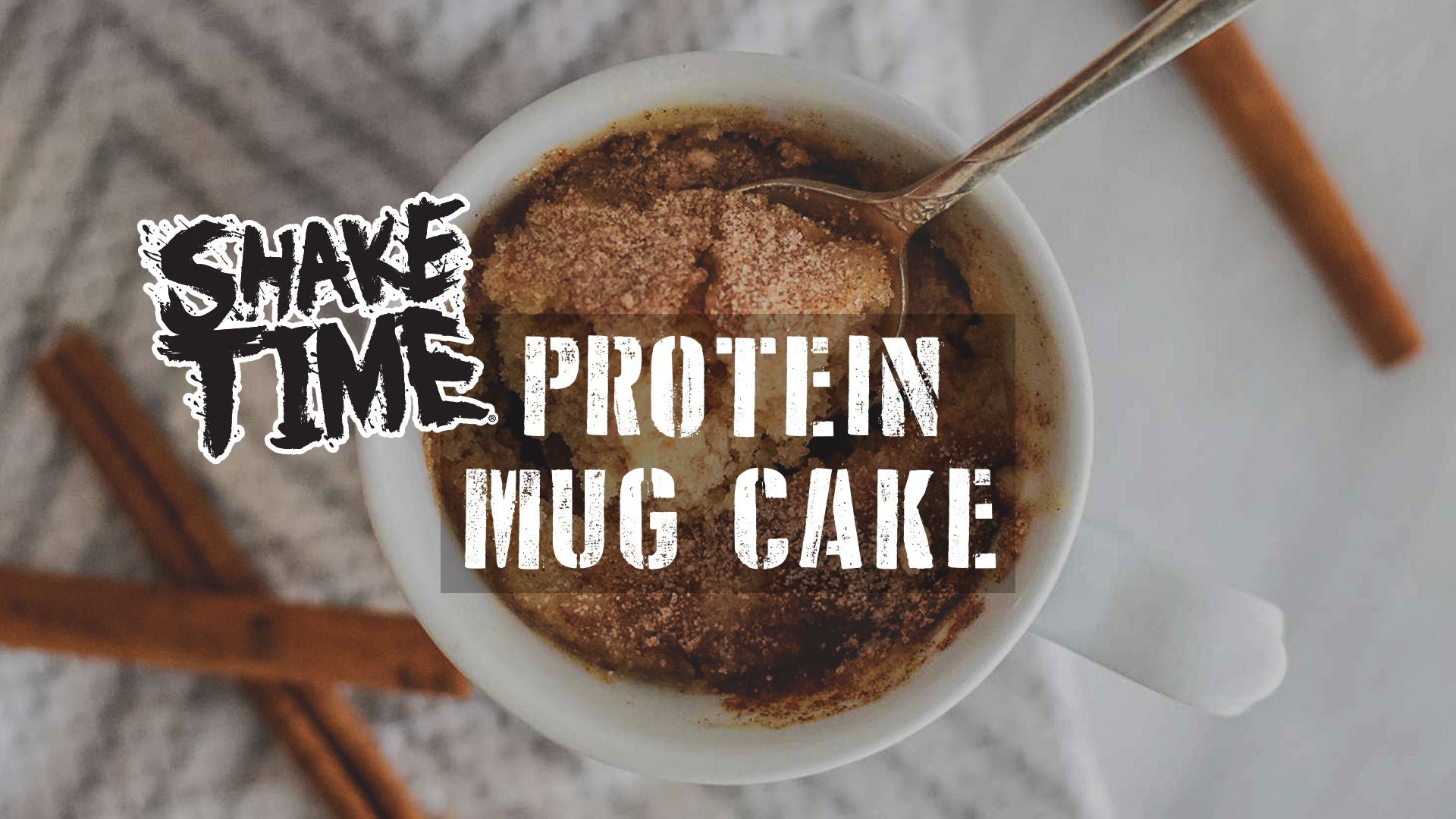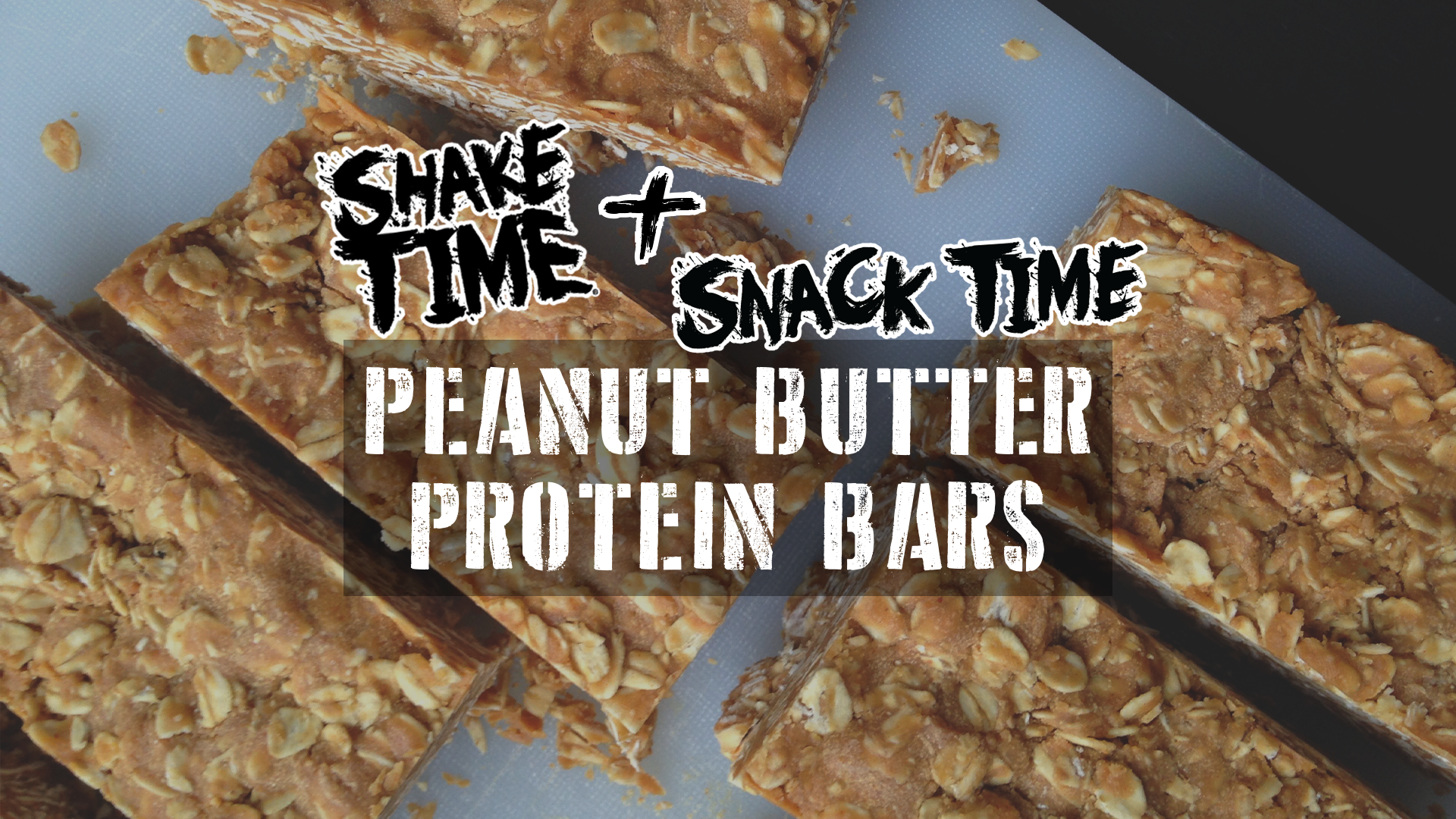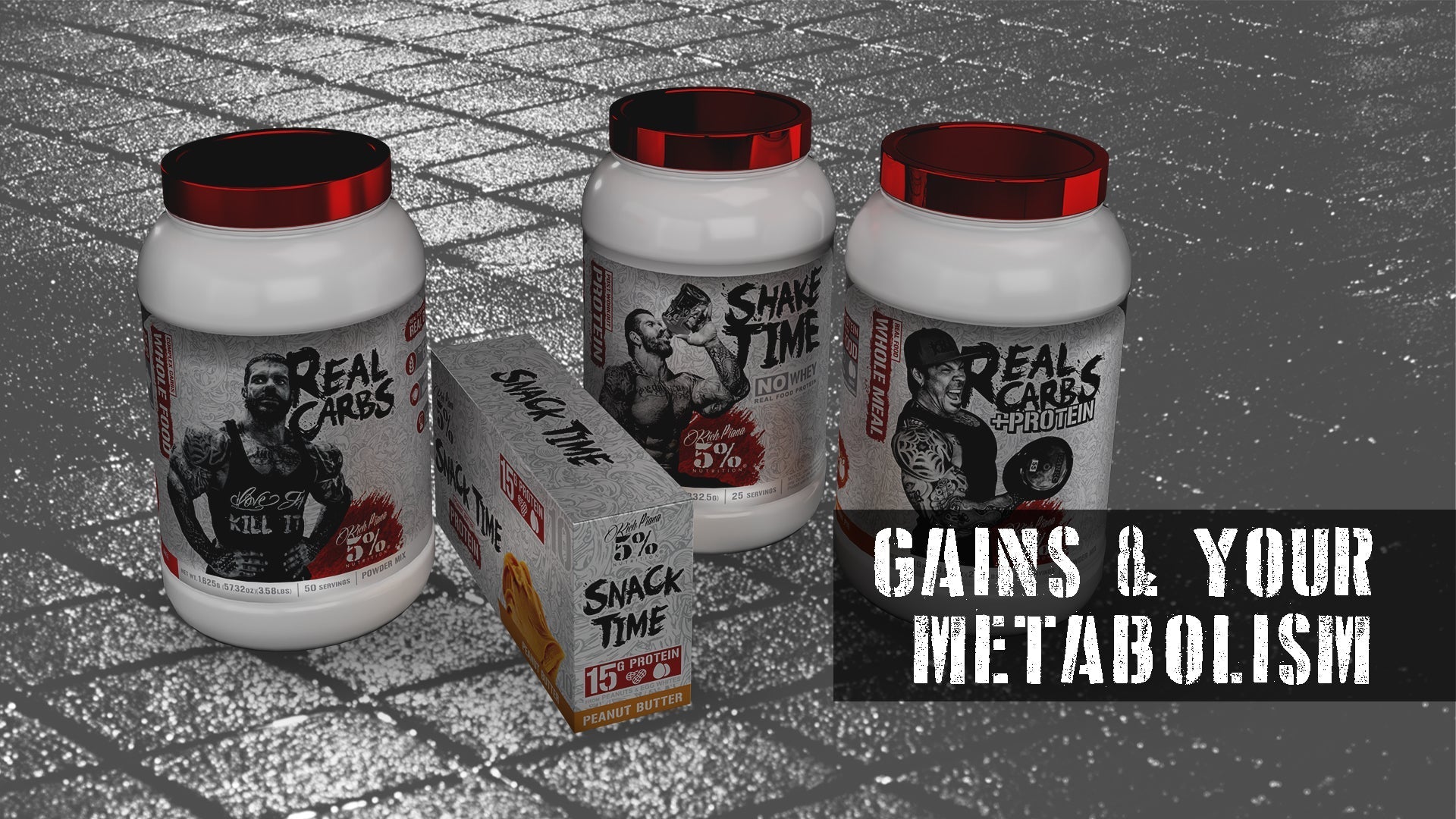In bodybuilding, there’s nothing like a great pair of shoulders. Also called deltoids or delts, good shoulder development is one of the most important aspects of a balanced, complete physique. One of the key things they add is width. We’re talking turn sideways to get through the door width! Of course, Rich Piana had huge, wide shoulders that could stand up to anyone. We'll look at anatomy and function in Part 1 of Training The Shoulders. We’ll also talk about the traps - do you train them with shoulders or with the back? Then, in Part 2, we’ll present 2 routines, and talk about the 5% supplements you should use. Let’s get started!
The Anatomy Of The Shoulders
The shoulders are complex muscles. You can’t just go into the gym and start tossing the weights around with no understanding of the muscles you’re working. Before you can train a muscle correctly you need to know its anatomy and function. With that in mind, let’s look at the anatomy of the shoulders.
The shoulders are involved in 6 major movements. They’re a ball-and-socket joint that sits between the humerus bone of the upper arm and the scapula bone or shoulder blade. The shoulder muscles form a “cap” over the shoulder joint. There are 3 heads. The anterior deltoid or shoulder muscle is the front head. Next, the lateral deltoid is the middle head of the lateral deltoid. Finally, the posterior deltoid is the rear head.
Here are the functions of the shoulders:
- Internal Rotation - Pulls your forearm toward your body.
- Abduction - Your arm moves up and out to the side of your body.
- External rotation - Pulls your forearm away from your body.
- Flexion - Elevates your upper arm forward toward your face.
- Extension - Your arm moves backward behind your body.
- Adduction - Pulls your arm in toward the side of your body.
Here’s the specific function of each muscle
- Front (Anterior) - This muscle raises your arm to the front of the body. It pulls your arm across your body.
- Middle (Lateral) - This muscle elevates your arm out to the side.
- Rear (Posterior) - This pulls the arm back
The Rotator Cuffs
The rotator cuffs are 4 small muscles that hold your shoulders in place. They allow arm rotation and are crucial for shoulder stability and strength. These muscles originate from the scapula (or shoulder blade) and run across the shoulder joint. They attach to the humerus bone of the upper arm.(1,2)
The Trapezius Or Traps
The trapezius, or traps, is the large muscle at the base of your neck. This muscle goes across your shoulders and down to the middle of your back. The traps raise your shoulders, rotate your shoulder blades, and turn your head.(1)
You can train your traps with your back or shoulders, either approach is fine. In this series, we will include trap work with our shoulder work. We will be using a 4-day split, giving shoulders their own day. This approach means we can do a little more work for each of the pushing muscles. Why not work traps with shoulders?
Recap
In Part 1, we reviewed the basics of shoulder anatomy and function. Next up, we’ll present 2 routines and 5% Nutrition supplement suggestions.
References:
- Bodybuilding Anatomy: Shoulders • Bodybuilding Wizard (bodybuilding-wizard.com)
- Normal Shoulder Range of Motion (healthline.com)
